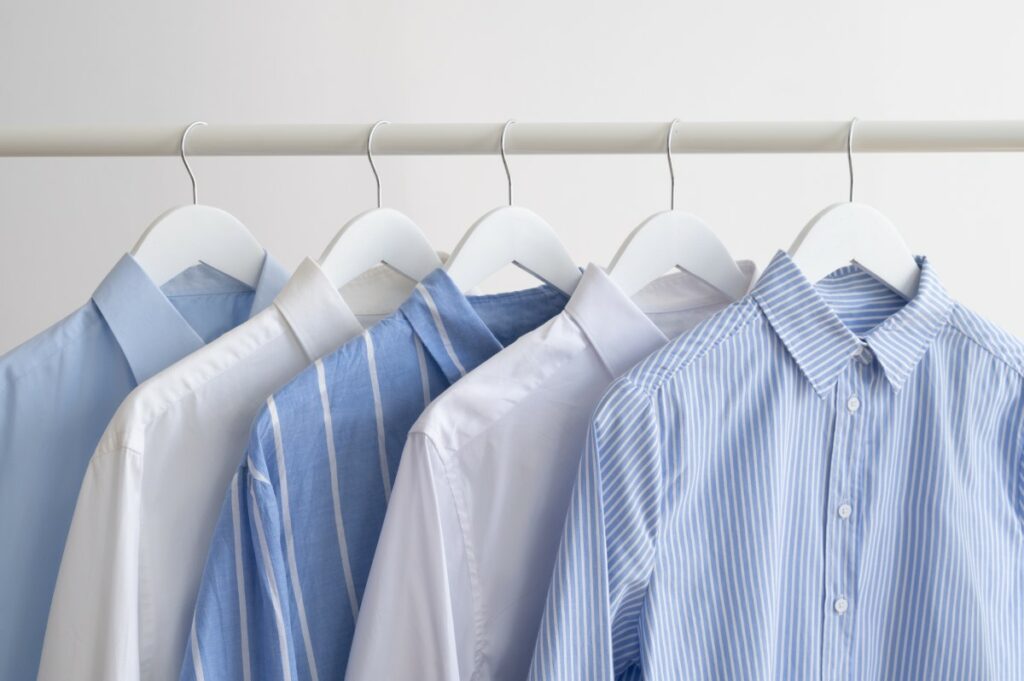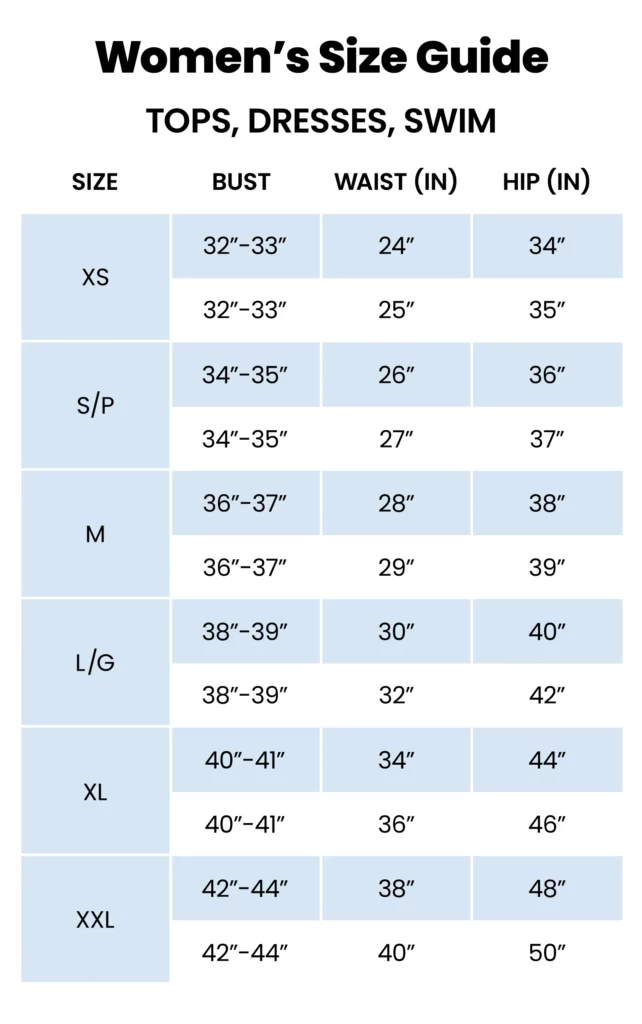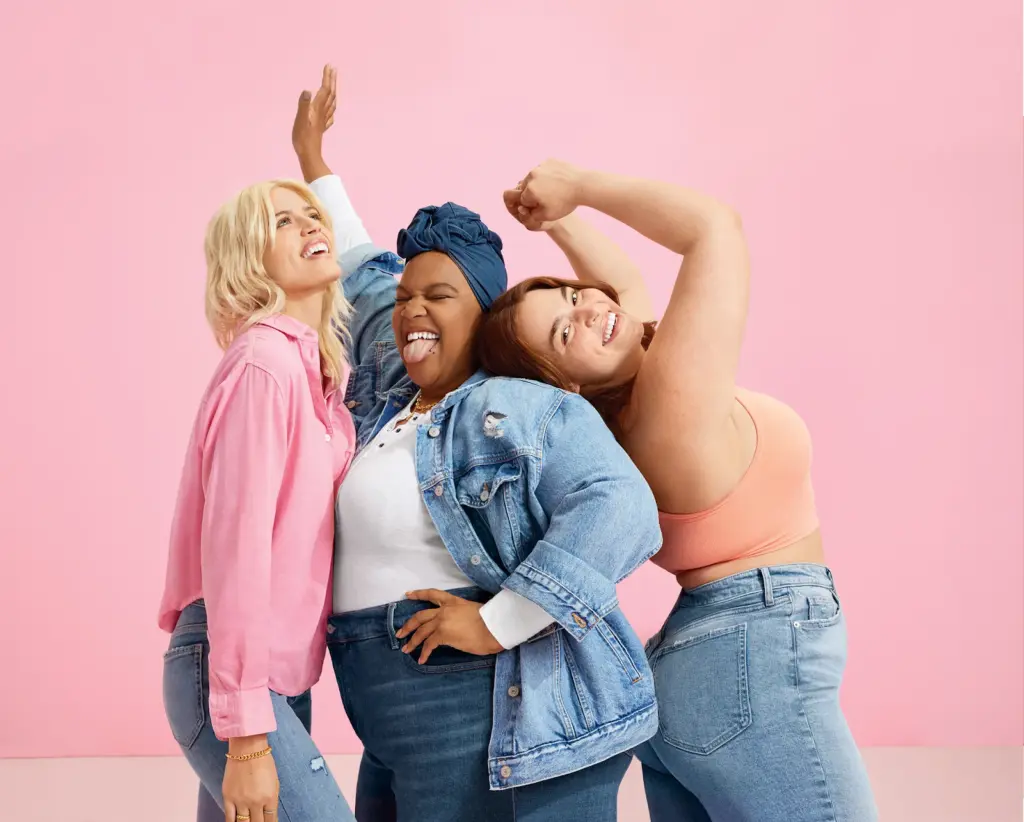
What is a Sample Size?
In the dynamic world of fashion, where trends come and go, one aspect remains constant: the importance of fit. The way clothing drapes and molds to the body are not just a matter of aesthetics; it’s a reflection of craftsmanship and attention to detail. However, achieving the perfect fit is not always straightforward, especially when it comes to sample sizes.
Sample size in fashion refers to the standardized measurements used by designers to create prototypes of their designs. Historically, these sizes have been limited, often catering to a narrow range of body types. This approach to sample sizing, while convenient for manufacturers, has led to exclusionary practices that alienate a significant portion of the population.
In recent years, there has been a growing awareness within the fashion industry about the importance of diverse sample sizes. Designers, retailers, and consumers alike are advocating for greater inclusivity, recognizing that beauty and style are not confined to a specific size range. In this article, we’ll explore why sample size matters in fashion and the implications of its evolution towards inclusivity.
What are Sample Garments?
A sample represents a prototype of a garment, typically crafted as a singular piece before the commencement of full-scale factory production.
Fit samples serve the purpose of evaluating how well a garment fits on a model. In the case of bras, this usually entails producing only one size sample per size category: core sizes, plus sizes, and full bust sizes. Occasionally, there might be two samples per size category, depending on the range of sizes offered by the brand.
Samples also play a crucial role in promoting the collection before it enters production. Sales samples are utilized for showcasing the line at trade shows and in showrooms, serving among other things as essential tools for generating funds for the collection. When a buyer expresses interest in a sample and places an order for their store, it secures funds for the mass production of that particular garment.

Runway and photoshoot samples are tailored specifically for fashion shows and photoshoots, serving as the primary representations of the collection to the general public. Consumer demand for diversity in body type and representation has prompted some companies to expand their sample sizes beyond the initial development phase.
Often, these various samples are iterations of the same garment, circulated among different departments within the company to streamline the development process. For example, the lingerie sector faces some of the tightest profit margins in the apparel industry, and any additional overhead costs drive up prices.
The Evolution of Sample Sizes in the Fashion Industry
To understand the significance of sample size in fashion, it’s essential to explore its historical context. Traditionally, garment sample sizes were based on a limited set of measurements, often the same measurements derived from standard sizing charts. These measurements were convenient for manufacturers, as they allowed for streamlined production processes and minimized costs.
However, this standardized approach to sizing overlooked the diverse range of body types that exist in the real world. Not everyone fits neatly into one brand the predefined categories of small, medium, or large. As a result, many individuals found themselves excluded from mainstream fashion offerings, unable to find clothing that fit them properly.

Over time, as awareness of body diversity grew, so too did the demand for more inclusive sizing options. Consumers began to voice their frustration with the lack of options available to them, prompting designers and retailers to take notice. Slowly but surely, the apparel industry began to embrace the concept of diverse sample sizes.
Today, many brands offer extended sizing options, catering to a broader range of body size. This shift towards inclusivity has been driven in part by changing cultural attitudes towards beauty and body image. There is a growing recognition that beauty comes in all shapes and sizes, and fashion should reflect this diversity.
The Impact of Limited Sample Sizes
The consequences of limited sample sizes in fashion are far-reaching, affecting both individuals and the industry as a whole. For those who don’t fit into the standard size range, the experience of shopping for designer clothing can be frustrating and demoralizing. It’s not just a matter of finding something that fits; for most people it’s about feeling seen and valued.
When individuals are unable to find clothing that fits them properly, it can take a toll on their self-esteem and body image. This can have long-term implications for their mental and emotional well-being, contributing to feelings of inadequacy and self-doubt. In essence, limited sample sizes perpetuate harmful beauty standards and reinforce the notion that only women with certain bodies are worthy of representation.

From a business perspective, the impact of limited sample sizes is equally significant. By excluding a large segment of the population, brands are missing out on potential customers and revenue opportunities. In an increasingly competitive market, catering to diverse body types isn’t just a moral imperative; it’s also a smart business decision.
Moreover, the lack of inclusivity in sizing undermines the credibility of runway shows in the fashion as a whole. It sends a message that fashion is exclusive rather than inclusive, reinforcing stereotypes and marginalizing certain groups of people. In an era where diversity and representation are valued more than ever, this approach is simply not sustainable.
The Importance of Inclusivity
In recent years, there has been a concerted effort within the apparel industry to promote inclusivity and diversity in sizing. Many brands have expanded their size ranges, offering options for plus-size, petite, and tall individuals, among others. This shift has been driven by a growing recognition of the importance of representation and the power of consumer demand.
By offering clothes in a wider range of sizes, brands are not only catering to a larger bodies more diverse customer base but also challenging traditional notions of beauty and body image. They are sending a message that everyone deserves to feel confident and comfortable in their clothing, regardless of their size or shape.
Moreover, a brand embracing inclusivity in sizing can have positive ripple effects throughout the industry. It can inspire other brands to follow suit in other sizes, creating a domino effect that leads to greater representation and diversity across the board. It can also foster a more inclusive and accepting culture within the fashion industry, where all individuals feel valued and respected.
However, achieving true inclusivity in sizing is not without its challenges. It requires a fundamental shift in a company’s mindset, from viewing size diversity as a niche market to recognizing it as the new norm. It also requires investment in research and development to ensure that garments fit properly across a range of body types.
Furthermore, companies need to approach inclusivity in sizing with sensitivity and authenticity. It’s not enough to simply offer extended sizes; brands must also ensure that their marketing and messaging reflect a genuine commitment to diversity and representation. This means featuring models of all sizes in advertising campaigns, as well as listening to feedback from customers and incorporating it into product development.

Moving Forward
As we look to the future of fashion, it’s clear that inclusivity in sizing will continue to be a driving force for change. Consumers are increasingly demanding options that reflect their diverse needs and preferences, and brands are starting to take notice. However, there is still much work to be done to ensure that inclusivity becomes the standard rather than the exception model.
For designers and retailers, this means rethinking traditional approaches to sizing and fitting and embracing new technologies and techniques that enable greater customization and flexibility. It means challenging existing norms and pushing boundaries to create clothing that truly fits everyone.
For consumers, it means using our purchasing power and money to support brands that prioritize inclusivity and diversity in sizing. It means speaking up and holding brands accountable for their actions, whether through social media activism or direct feedback. It means celebrating our individuality and demanding representation in an industry that has historically excluded us.
Conclusion
In conclusion, sample size in fashion is about more than just measurements and weight; it’s about inclusivity, representation, and acceptance. By expanding sample sizes and embracing diversity, we can create a fashion that celebrates everybody and empowers individuals to express themselves authentically. So let’s demand we wear clothing that truly fits us all, because fashion should be for everyone.





Leave a Reply